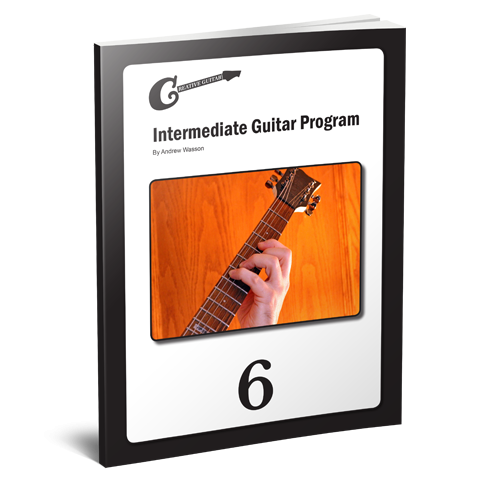Description
Music Theory:
The study of “Diatonic Harmony.” Explores how triad and seventh chords are harmonized within the major scale. Exercises in “Harmonic Analysis,” as well as, the positions of all of the diatonic chord qualities are covered.
Music Notation:
Looks at the linear arrangement of how tones are stacked into chord voicings on the music staff. Examples cover how chords and their symbols are produced in written notation. The studies work through; stem use, accidentals, augmentation dots, how to align intervals and special rules.
Music Reading:
Studies cover continued review of accidentals, further use of triplets and the “Shuffle Rhythm,” as well as, reading key signatures. Pieces are provided in the keys of “D and F Major.” A play-a-long piece is included with an accompanying MP3 Jam-Track of the chord harmony. Form is also addressed, with the accompaniment piece using a, “DS alCoda repeat.”
Fingerstyle Guitar:
A 16-bar exercise piece using multiple fingerpicked patterns is included for study. The focus is upon varying the way fingerpicked pattern ideas can be performed throughout a longer musical part.
Rhythm Studies:
Introduces the, “Sixteenth-note.” Explains it’s use and duration in straight-time meter. Several exercises are included which cover developing the general feel for 16th-notes and situations common to their musical application.
Fingerboard Harmony:
Focus is on a review of the chord patterns we have covered in the program. A ‘chord shapes map’ is provided showing all of the chord voicing patterns given throughout the Intermediate Guitar Program (along with a handy review strategy). Chord studies cover several Intermediate chord types (from the program) along with triplet and sixteenth-note rhythm guitar notation.
Answer Key





